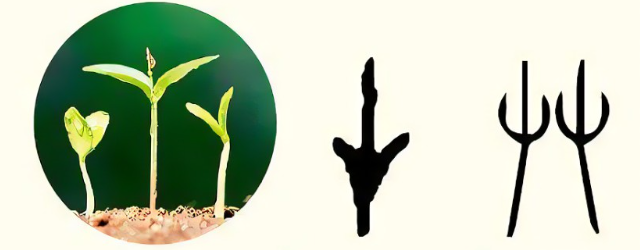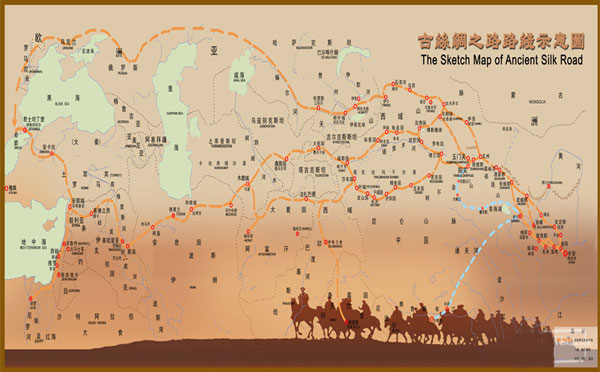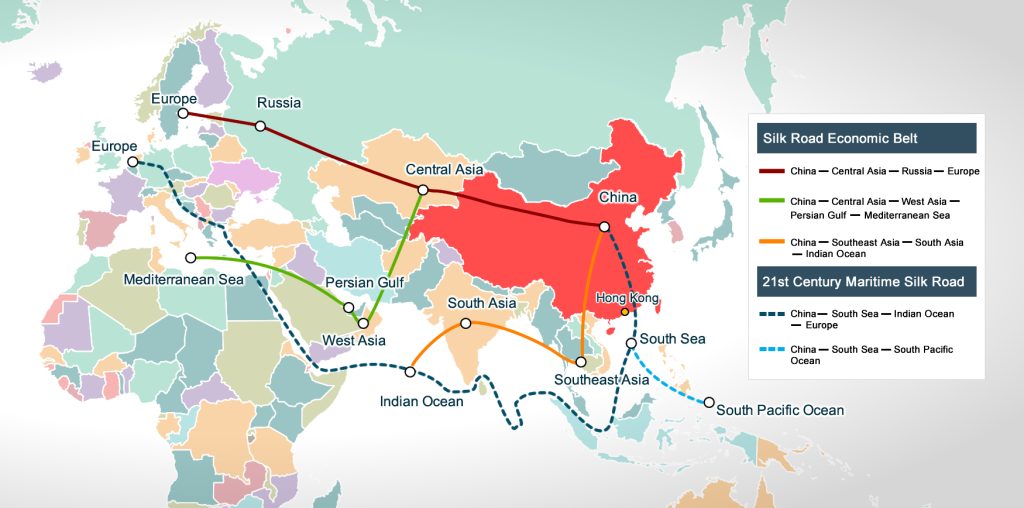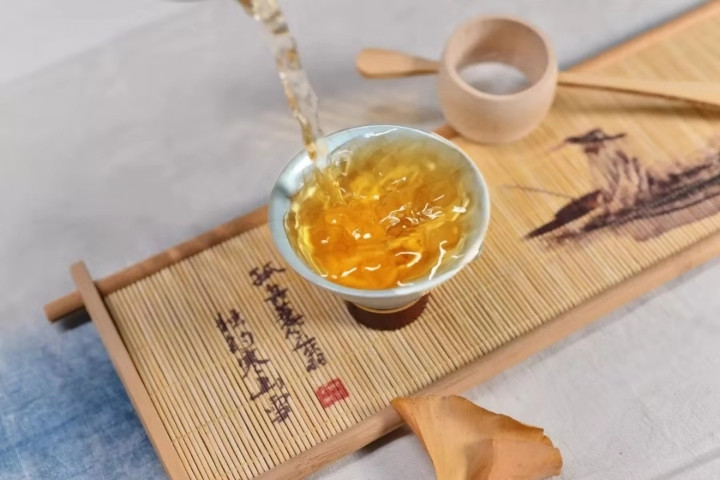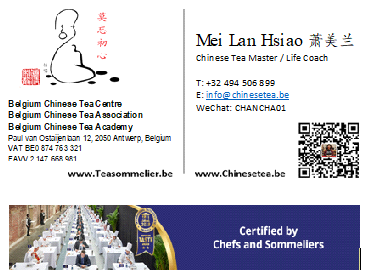安特卫普在欧洲移民北美历史上面有一个非常重要的角色,当时那一条客轮海运公司名字是叫做红星号 (Red Star Line). 二次世界大战,当比利时尚未沦入德军纳粹手中时,爱因斯坦就是从比利时搭红星号去美国。
我跟红星号移民博物馆的缘封,可以追朔到约12-13年前当时荷语课程老师要我们每一个人写一篇本身的移民故事。在当时由於我写的角度跟班上其他新游民的写法与角度不一样,所以虽然我的荷文文章在当时没有被市政府列入比赛前几名,但是我却不知道我的故事却被红星号移民博物馆的重建小组注意到。 安特卫普市政府将具有历史性的古老海关仓库改建成红星号移民博物馆 (Red Star Line Musemum)时,重建小组选了10位新移民的故事。而我的移民故事在当时就很荣幸被他们收入。 今年博物馆进入第2个10年的阶段,他们将会选另外10个故事,因为近些年战争难民的涌入,所以第二个十年的故事很可能选的是由战争难民中进行选择。我很高兴红星号移民博物馆跟我联络,因为他们希望把我的移民故事永远存在他们的资料库中。所以在获得我书面同意后,我的移民故事将永远代表中国人新移民存在他们博物馆的故事库中。
我从过去在台湾一直到国外在工作上一直表现都很专业与能干,脑筋清晰与分析沟通能力也很好,所以对自己的能力的信心也高了,1990年当年我任职德国不莱梅州/不莱梅港驻台执行代表,在台北一次举行的国际会议里面遇到我前夫,被他莫名其妙的狠追猛追,搞得我芳心慌乱,莫名其妙就点头于1991同意嫁到比利时了。当自己对未来有美好憧憬的时候,我却非常痛心的远离我生命中最重要的恩人,我的父母,这永远是我心中的愧疚;但同时又非常庆幸能逃脱台湾那口井,让我能站在井口自由的放宽眼界,让我能由茶学茶,由心学茶。
当时红星号移民博物馆的导演问我的移民故事时,我跟他说要想了解我的移民故事前,先必须了解我父母的“移民”经历。
因为父母的过往经历是受到他们的人格个性影响,而一个孩子的成长,在无形中也受到由父母负责撑起来的家庭修养价值影响。 所以10多年前,红星号移民博物馆负责新移民故事项目的导演问我个人移民故事的时候,我跟他讲,想知道今天的我,就必须对我父母的移民故事先有了解。
那是一位南方的男孩因战争机缘到了北方遇到了美丽姑娘,由相知相爱到排除困难定下守护终身之约。因爱因盟约北方的女孩儿追夫到南方,之后两人因内战被迫远离故土移民台湾。
父亲是在10万青年10万军的号召之下加入抗日战争。他的兵团在日本人投降之后,负责到山东去接收。当时就住到山东莱州我母亲的老家的土地上。母亲的老家原来是大地主,先祖在清朝就做高官任职,小的时候妈妈就一再提到就是老家的大门很大,门前有一对石狮子,还有一个旗杆,但是我们家不是八旗军的。
父亲年轻的时候非常的帅气,人又很正直,又是一个军官,我外祖父对我父亲相当的欣赏而我母亲是我外祖父最疼爱的掌上明珠。左来右去,两个年轻人近水楼台就恋爱上了。 可是在当时依然是处于战乱时间,而年轻有叛逆性的爸爸妈妈哪怕当时有军官不准许结婚的规定下,还是在外祖父默许以及部队长官的祝福之下“偷偷结婚”了。
后来爸爸的部队离开山东,妈妈就跟也嫁给父亲好友的最好的朋友,两个人搭火车,到了湖南长沙寻夫去了。到了长沙两口子没有相聚太久,父亲又必须跟着部队走了。听说父亲的部队到了昆明,妈妈就拉着端木妈妈两个人去寻夫去了。到了云南昆明时东南西北分不清的母亲在马路上碰到父亲的长官,才知道父亲的部队已经离开昆明转战到广东地区去了。长官给了我妈妈手御,跟我妈妈讲赶快搭机离开,因为共军即将入城。到了飞机场,机位已满没有位置,妈妈就拿出了山东姑娘撒泼的本事,硬是挤上了飞机,据妈妈说,她搭的那班飞机是离开昆明的最后一班民航机。辗转总算是到了广东跟父亲会合了。之所以能够跟父亲汇合,是因为当时父亲重病住院。后来父亲的部队移防台湾,母亲就跟着到台湾了。
父亲那时是隶属于李弥将军的部队到了台湾被改编。在蒋介石没去世之前,尽管父亲被历届陆军总司令立保都没有办法升将军直到蒋经国上任,父亲才是被提升为少将。父亲一辈子军中的工作不是跟财务,就跟人事有关,但是他的刚正的个性让他在受到很多长官的赞赏时也同时得罪很多人,所以有一段时间被冷藏。最后升任为联勤总部人事署署长。从部队退下来之后立刻进入退辅会的渔管处进行改革。父亲的刚正不阿,倔强的个性对我有很大的影响。
在我年幼的时候,我跟妈妈住在苗栗,算是留守家庭,因为爸爸是在台北陆军总部工作。我一年见不到父亲2~3次。父亲心中一直对母亲有一种愧疚感,因为母亲是出生富豪之家,跟上这个阿兵哥后就东奔西跑没过上好日子。所以在我印象中父亲一直就把妈妈捧在手心里面呵护。妈妈虽然是富家千金,有傲气但是没有娇气,在迷糊柔顺中又经常很一条棍的直率与倔强,该迷糊时绝不争强。而我的个性在这方面也多多少少受到母亲的影响。
刚开始父母以为内战结束后可以回家的梦想被两岸政治分离的现实打破,两人坚强的个性与毅力让他们俩无怨无悔的在台湾落根。或许父亲知道因为自己军人的身份无法近身时时守在妈妈的身边,照顾她,而两人心中对家庭都有渴望,对生命都有爱,所以1955年领养了一个贫苦人家刚出生的小女孩,那就是我。
我不敢讲说我是父亲的小棉袄,因为我自幼个性就结合了湖南骡子与山东棍子的特点,服理不服人,柔顺中也有逆毛,犟的很。家人不时聚少离多的经历,让我对父亲除了爱的期待,有的更多的是敬爱、崇拜与温暖。自幼父亲就是我心中的太阳,我的英雄,我的榜样。自有记忆父亲就很坚守道德规范,说一不二,从小,给我的教诲就是坚定信念,合理待人,认理服理,勇敢抬头,不轻易投降放弃。
父亲往生后,有朋友不服为什么爸爸把家中有形的资产都留给了妈妈与弟弟,而我没有一分,我对朋友回道「爸爸已经把他生命中最宝贵的无形资产早已经给了我。不善表达爱字的父亲在我心里会永远呵护我,持续的支撑我; 而我必然不会辜负家教,会不辱家风的活下去」。
1991年移居比利时,对那个决定没有必要问为什么,那是自己对爱的一种憧憬,对组合家庭的一个梦想所做的决定。自己做的决定,自己面对,自己负责, 如此而已。家乡的土带不走,家乡的云彩一丝也带不走; 但是离家的时候,把父母紧紧揣在我心里,把家庭教诲与对茶的爱带走了。
哪怕没有离开台湾之前,我自认已经做好心理准备,但是等落地之后才发现情况远比我能想象的更具挑战,因为不光是”一切从头开始“的那么简单。因为要面对的不光是如何开始重新启动工作,最重要的是自己必须独立的面对一切从零开始的挣扎,面对民族文化歧视的压力之下学会混血吞牙肯定自己。深刻感觉自己有如一株浮萍小草,在不断鼓励期待自己向上生长时,鼓励自己自己的菜根必须由内心强化,在异土向下扎的根必须是更有韧性的中国根。
独自在国外一心努力立足,对外必须坚强做到抬头挺胸,然而对家人,对家乡的那份无言的思念却在每一天午夜梦回中。每每想家难过时,我就邀请外国朋友到家里来享受小的时候妈妈教我做的菜,饭后泡茶跟他们讲茶故事。在外国朋友的要求下,1995年我开始在比利时教茶,宣扬中华茶文化。在刚开始只是一个嗜好,到后来就变成全心全意的投入了。
许多人因为我经常保持微笑就以为我很快乐,确实在当时羡慕我在国际管理领域的专业,前夫是高阶主管收入高,我们住在别墅里,表面看起类确是好似光鲜,但是鲜有人了解在看似站在云层里的生活而实际内心时时感受空虚不实的孤独与恐惧。 虽然前夫在2001年开始肢体暴力,但是为了不让妈妈担心,我选择欺骗自己将一切苦默默吞下。直到2002年六月发现前夫无情的婚外情事实,后来他其实早就由系统的准备离婚,梦碎将我打醒, 云散了,有如从空中直线下落,心身意全碎了,人生中我们或许有自信可以做许多准备,但是当面对惊吓时了解当面对那些过去以为在查理斯。迪克森(Charles Disckson)书中的人生悲惨不会在现实生活中发生时,方深刻的了解再多的准备赶不上人生会发生的变化。在那个不可言喻痛苦的过程中,我只有一个简单的想法,那就是不光是活下去,更是为了两个年幼的孩子,为了不辜负父母教养,我必须健康有尊严的活下去;哪怕生活困苦,在法理的框架下挣扎保护自己,依然能体制腰背不被苦难打败。
没有任何亲人在身边,对人性失去信任时,这一切的痛苦都熔成了生存下去的动力。支撑我度过那段痛苦就是靠每一天我在心里跟父亲默默对话,激励自己练习导引气功让身心意能在泪水中有些许放松片刻,更重要的是当我宣扬中华文化,教茶,推广茶的每一场茶会,由内心得到许多无价的安慰与快乐。 因为当能够跟外国人讲述中华文化与智慧的时候,下意识帮助我在努力向上生长,向下扎根的文化融入过程中能更认同,更肯定“我是谁”、“我应该做什么”; 每一次宣扬中华茶文化,推广中国茶那一份由心的快乐,更让我对“我能做什么”与“我应该如何做”有了更深度的肯定。
这麽多年在国外看到中国茶如果没有让人由好的体验,无言的茶是如何被误解,抹黑与误用,所以我对茶许下承诺,帮无言的它说话,让更多的人对它有更好的了解与认知。从一开始的嗜好,到喜爱,到无怨无悔投入,茶,自然,土地,与中华文化中强调的人性价值早已默默的融入我的灵魂之中。
10月中旬我将应红星号移民博物馆邀请,在博物馆里面,针对为安特卫普政府工作的义工举办一次中华茶会。有鉴于红星号移民博物馆在最初重建时,有提到张骞通西域的一段人类移民历史,所以计划这一次茶会为精心挑选几款自然生态茶类,教他们如何日常在家里面泡茶,这一次在红军号移民博物馆里的茶课将会特别用黑茶煮奶茶来待客,只因奶茶文化不是英国所创,而是始源于蒙古高原的蒙古的奶茶与在川藏高原的藏民的生活中的酥油茶。
©萧美兰,比利时中华茶文化协会,于安特卫普,比利时 08/09/2022
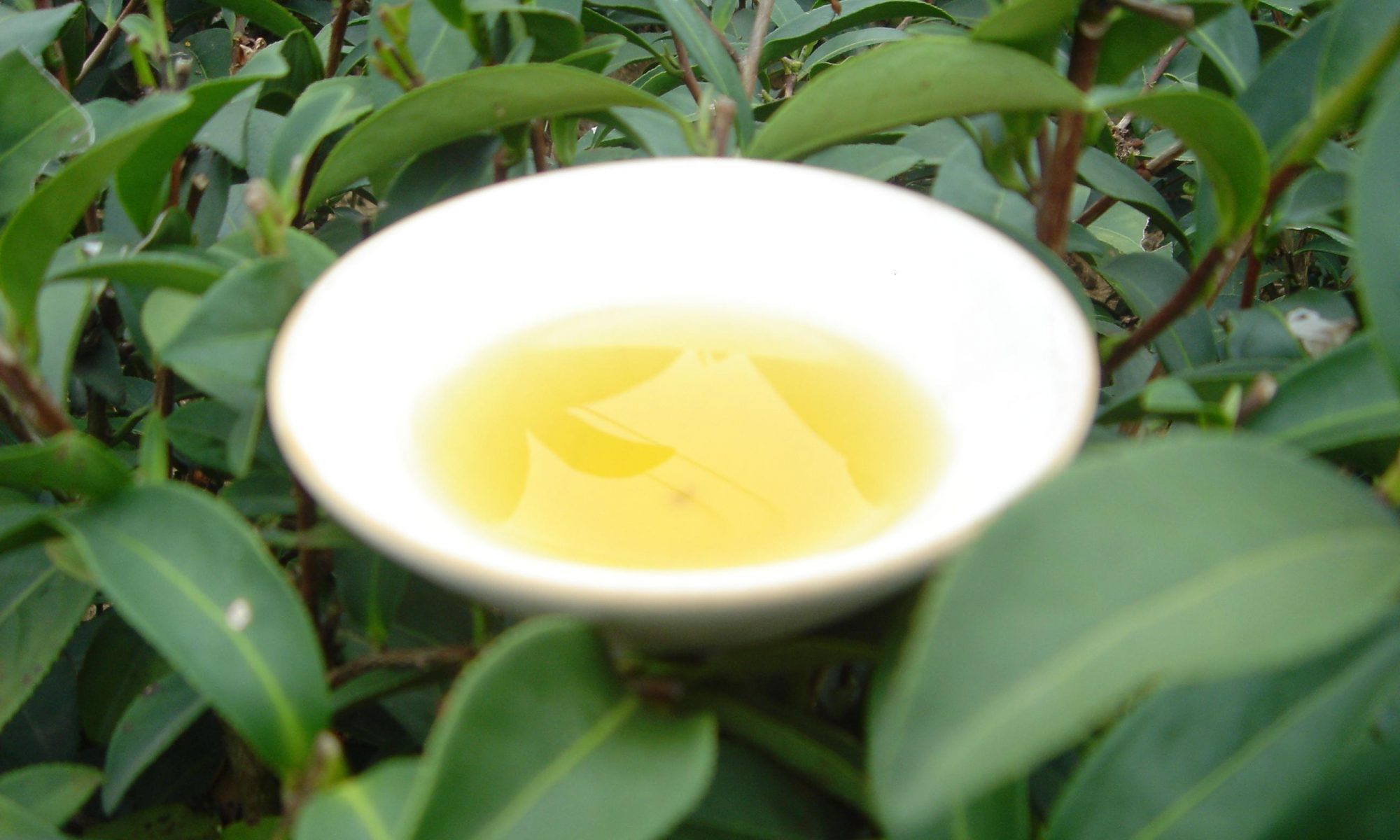

 Chine
Chine